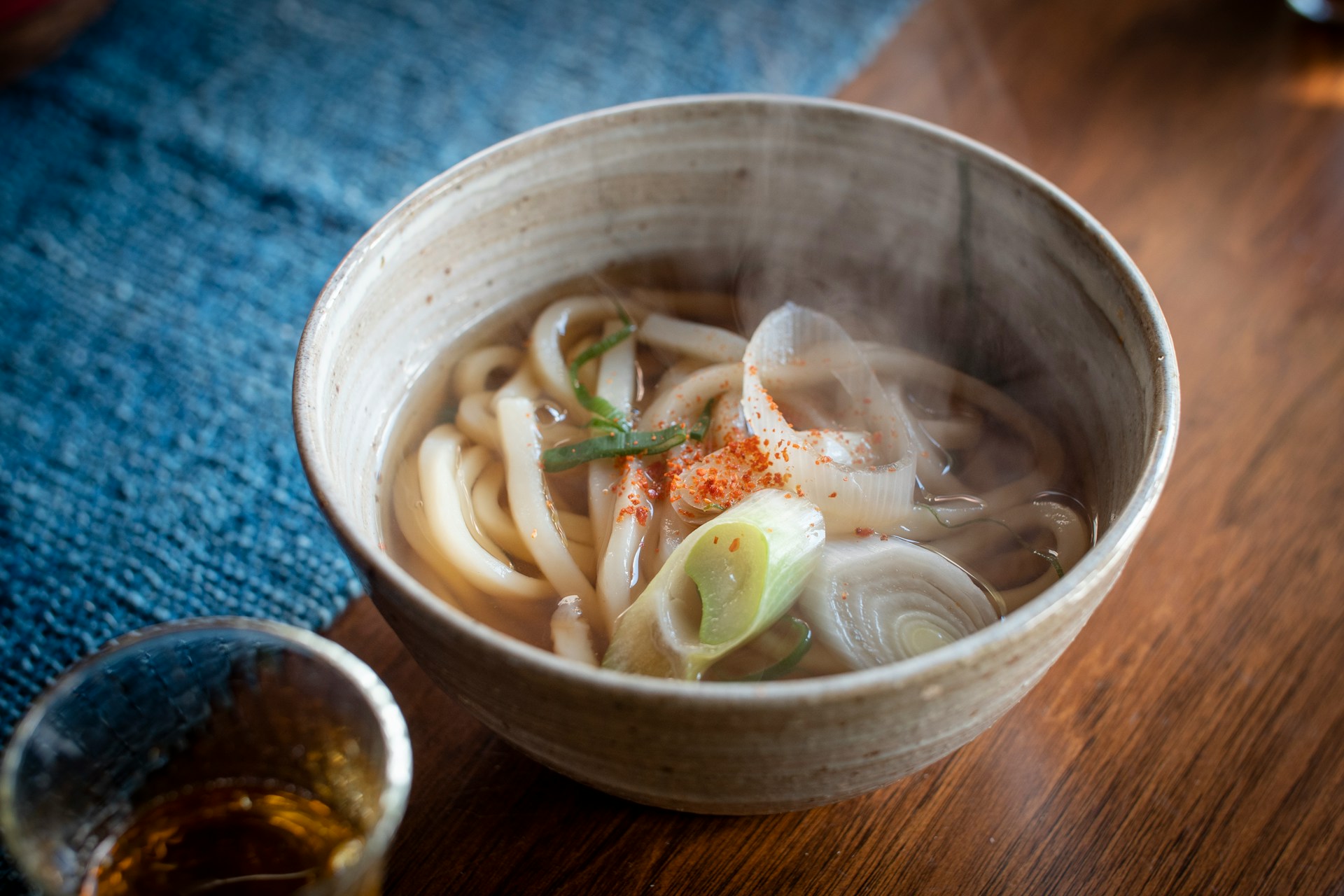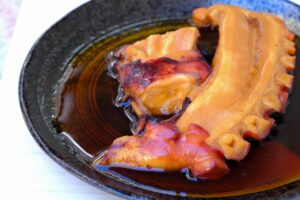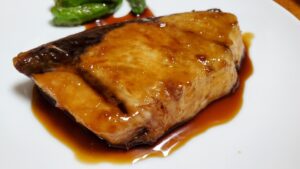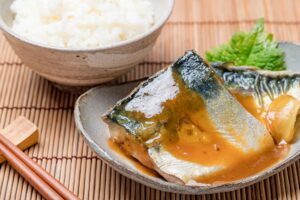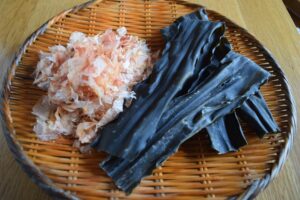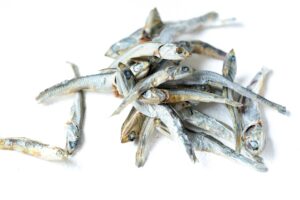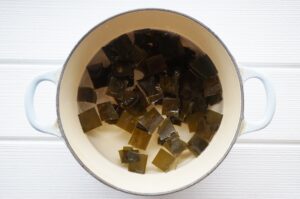Explore the world of udon, the beloved Japanese noodle. This article covers the essentials of udon, from its history and cultural significance to various ways to cook and enjoy it. Discover authentic recipes, learn about the nutritional benefits, and find out where to buy and how to make udon noodles from scratch. Additionally, understand the differences between udon and soba noodles and get answers to commonly asked questions.
What is Udon?
Udon is a type of thick, wheat-based noodle commonly used in Japanese cuisine. Known for its chewy texture and versatility, udon can be enjoyed in various forms such as in soups, stir-fries, or served cold. The primary ingredients include wheat flour, water, and salt, which are mixed and kneaded to create the dough. The dough is then rolled out and cut into thick strips. Udon comes in several types, with variations depending on regional preferences and specific dishes. Some popular variations include Sanuki udon, characterized by its firm texture, and Inaniwa udon, which is thinner and more delicate.
History and Cultural Significance of Udon
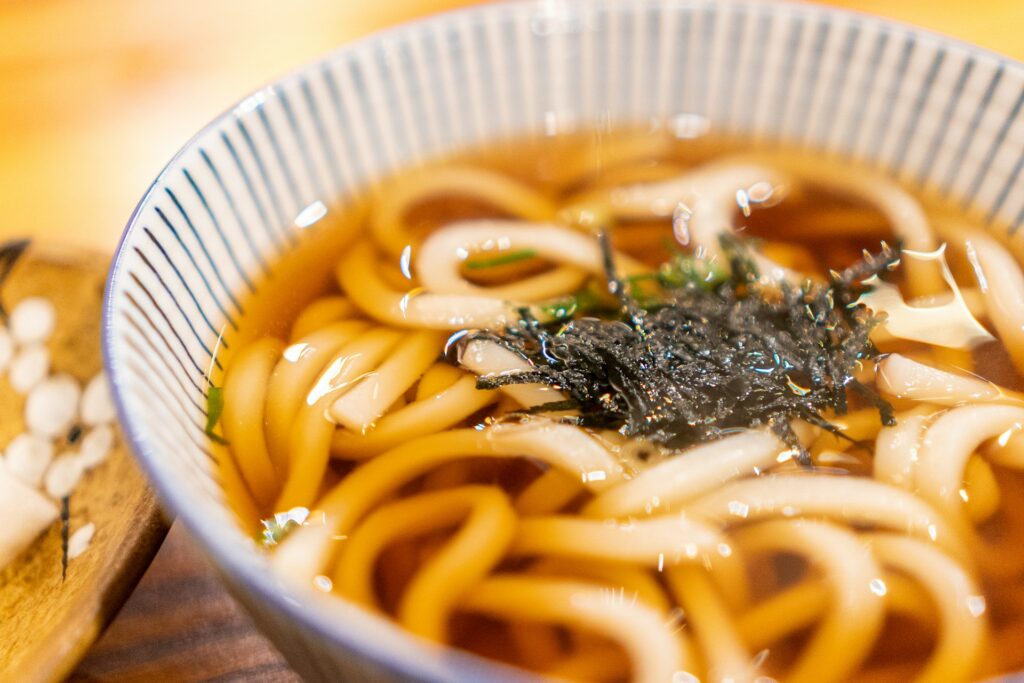
Udon noodles have a rich history dating back to ancient Japan. It is believed that the noodles were introduced from China during the Nara period (710-794). Over the centuries, udon has become deeply embedded in Japanese culture and cuisine. Traditionally, udon was served in Buddhist temples and enjoyed by the nobility. Today, it is a beloved comfort food for many Japanese people. Udon’s cultural significance is also evident in the various festivals and regional variations that celebrate the noodle, reflecting the local flavors and traditions of different areas in Japan.
Health Benefits of Udon Noodles
Udon noodles offer several nutritional benefits, making them a healthy choice for many diets. They are a good source of carbohydrates, providing energy for daily activities. Udon noodles are also low in fat and can be paired with a variety of vegetables, lean proteins, and broths to create balanced meals. Some udon noodles are enriched with additional nutrients, such as calcium or vitamins, depending on the flour used. Furthermore, the simplicity of the ingredients means udon can be a part of a clean-eating lifestyle, avoiding the preservatives and additives found in some processed foods.
How to Cook Udon Noodles
Cooking udon noodles is relatively simple and can be done with fresh, dried, or frozen noodles. Here’s a basic guide:

- Fresh Udon: Bring a large pot of water to a boil. Add the fresh udon noodles and cook for 2-3 minutes or until they float to the surface. Drain and rinse under cold water to remove excess starch.
- Dried Udon: Cook dried udon noodles in boiling water for 8-10 minutes, or according to the package instructions. Stir occasionally to prevent sticking. Drain and rinse under cold water.
- Frozen Udon: Add frozen udon noodles directly to boiling water. Cook for 1-2 minutes or until they separate and are heated through. Drain and rinse under cold water if serving cold, or use directly in soups or stir-fries.
Making Udon Noodles from Scratch
Making udon noodles from scratch is a rewarding process that allows for complete control over the ingredients and texture. To make udon at home:
- Combine 4 cups of all-purpose flour with 1 cup of water and 1 teaspoon of salt.
- Knead the dough until smooth and elastic, about 10-15 minutes.
- Let the dough rest for at least 1 hour.
- Roll out the dough to a thickness of about ¼ inch and cut into thick strips.
- Cook the noodles in boiling water for 10-12 minutes, then rinse under cold water to stop the cooking process.
Popular Udon Recipes
Udon noodles can be used in a variety of dishes, ranging from traditional to modern recipes.
Traditional Udon Dishes
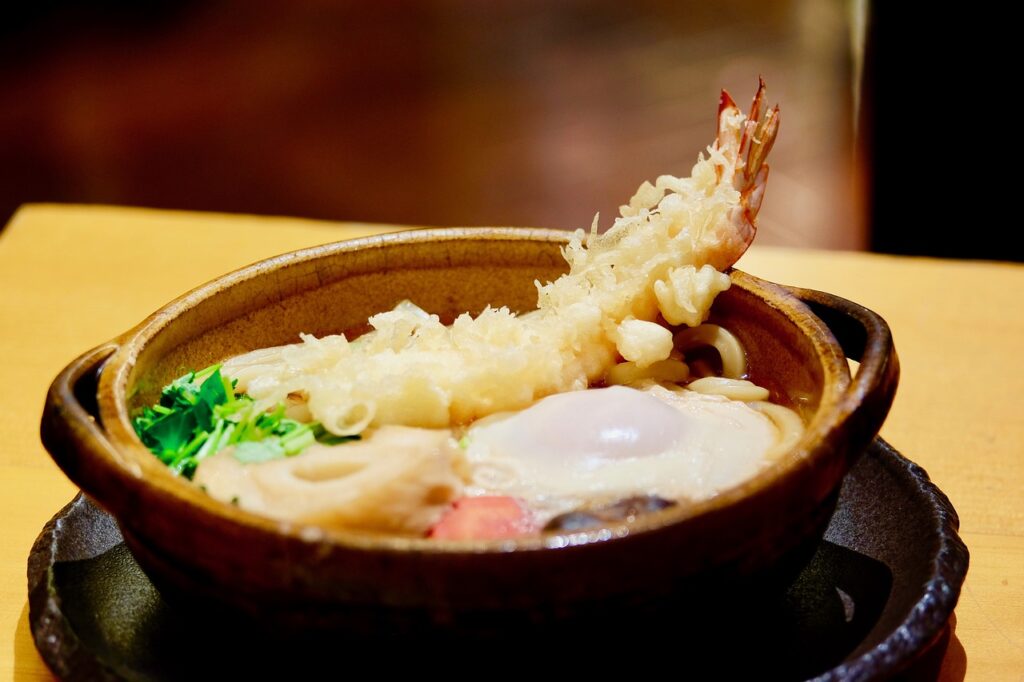
- Kake Udon: A simple dish featuring udon noodles in a light broth made from dashi, soy sauce, and mirin. It’s typically garnished with scallions, tempura flakes, and a slice of kamaboko (fish cake).
- Kitsune Udon: Udon noodles served with a piece of sweetened fried tofu (aburaage) in a dashi-based broth. The dish is named “kitsune” (fox) as fried tofu is believed to be a favorite food of foxes in Japanese folklore.
- Tempura Udon: A hearty bowl of udon topped with crispy tempura vegetables and shrimp, served in a flavorful broth.
- Yaki Udon: A Japanese stir-fried noodle dish made with udon, vegetables, and a savory soy-based sauce. It’s quick to prepare and can be customized with your favorite proteins.
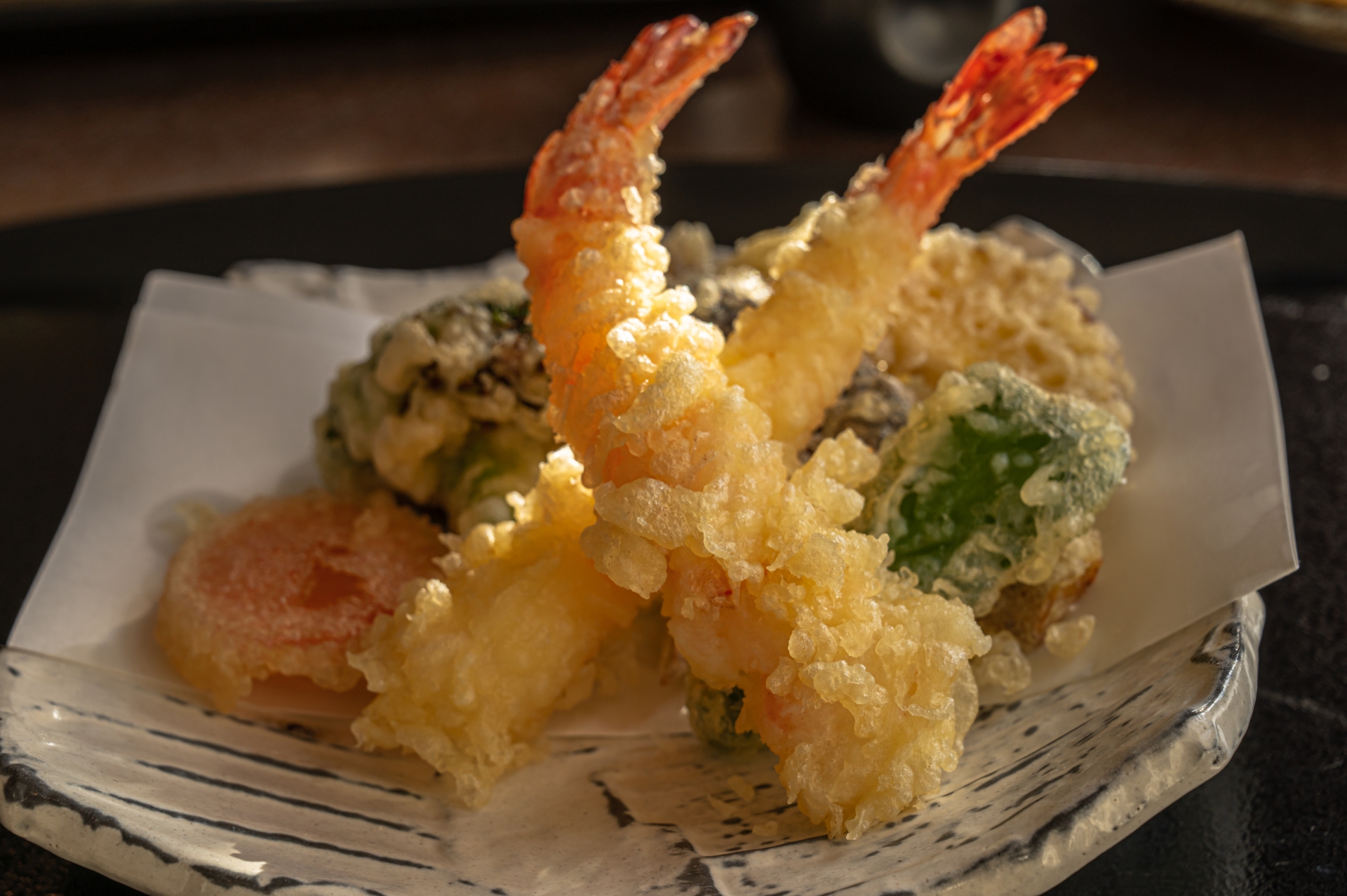
Modern and Fusion Udon Recipes
- Kimchi Udon Stir-Fry: A fusion dish combining Korean kimchi with stir-fried udon noodles, vegetables, and a spicy sauce. This dish offers a tangy and spicy flavor profile.
- Peanut Butter Udon: A unique take on udon, featuring a creamy peanut butter sauce, soy sauce, and a hint of lime juice, garnished with chopped peanuts and cilantro.
Where to Buy Udon Noodles
Udon noodles can be found in various forms at local grocery stores, Asian markets, and online retailers. Fresh udon is often available in the refrigerated section, while dried and frozen varieties are common in the international foods aisle. For a wider selection, including specialty regional udon, online stores like Amazon, Japanese grocery websites, and specialty food retailers offer a variety of options.
Regional Variations of Udon
Udon noodles exhibit significant regional diversity across Japan, with each area boasting its own unique preparation and serving style:
- Hakata Udon: Originating from Fukuoka, these noodles are softer and served in a light, clear broth, often with a slice of chikuwa (fish cake).
- Kishimen: A flat, ribbon-like udon from Nagoya, typically served in a hot broth with simple toppings like green onions and bonito flakes.
- Inaniwa Udon: From Akita Prefecture, these noodles are thinner and more delicate, often served cold with a dipping sauce.
Udon vs. Soba: What’s the Difference?
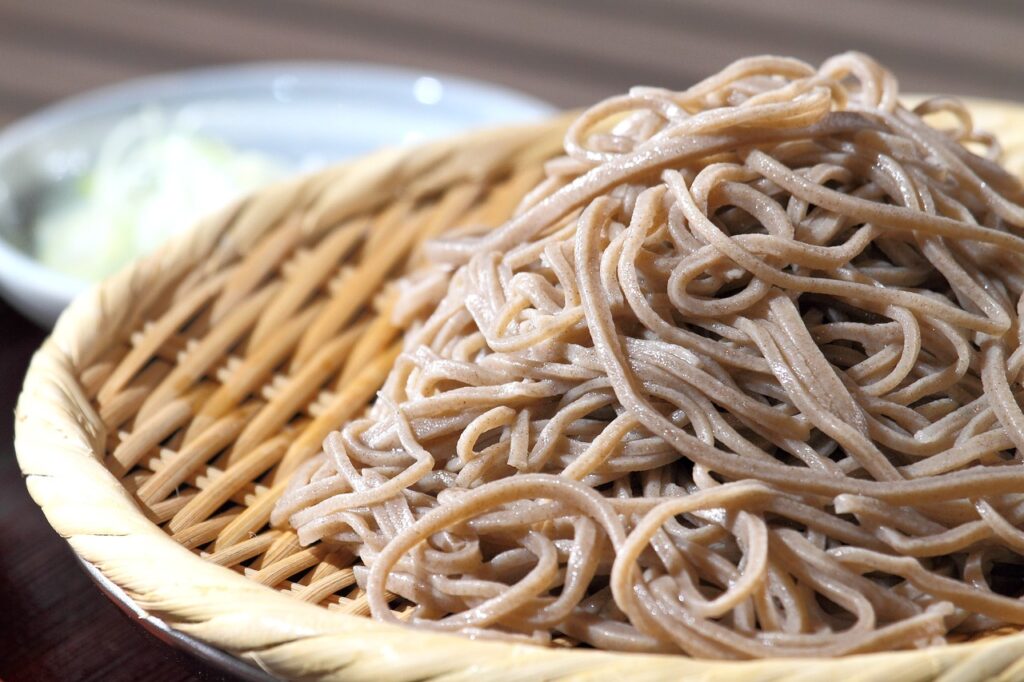
While both udon and soba are popular Japanese noodles, they differ in several key aspects:
- Ingredients: Udon is made from wheat flour, while soba is made from buckwheat flour, which gives it a distinct, earthy flavor.
- Texture: Udon noodles are thick and chewy, whereas soba noodles are thin and firm.
- Color: Udon is usually white, while soba ranges from light brown to dark grey.
- Common Uses: Udon is versatile and used in soups, stir-fries, and salads. Soba is often served cold with a dipping sauce or in hot broth.
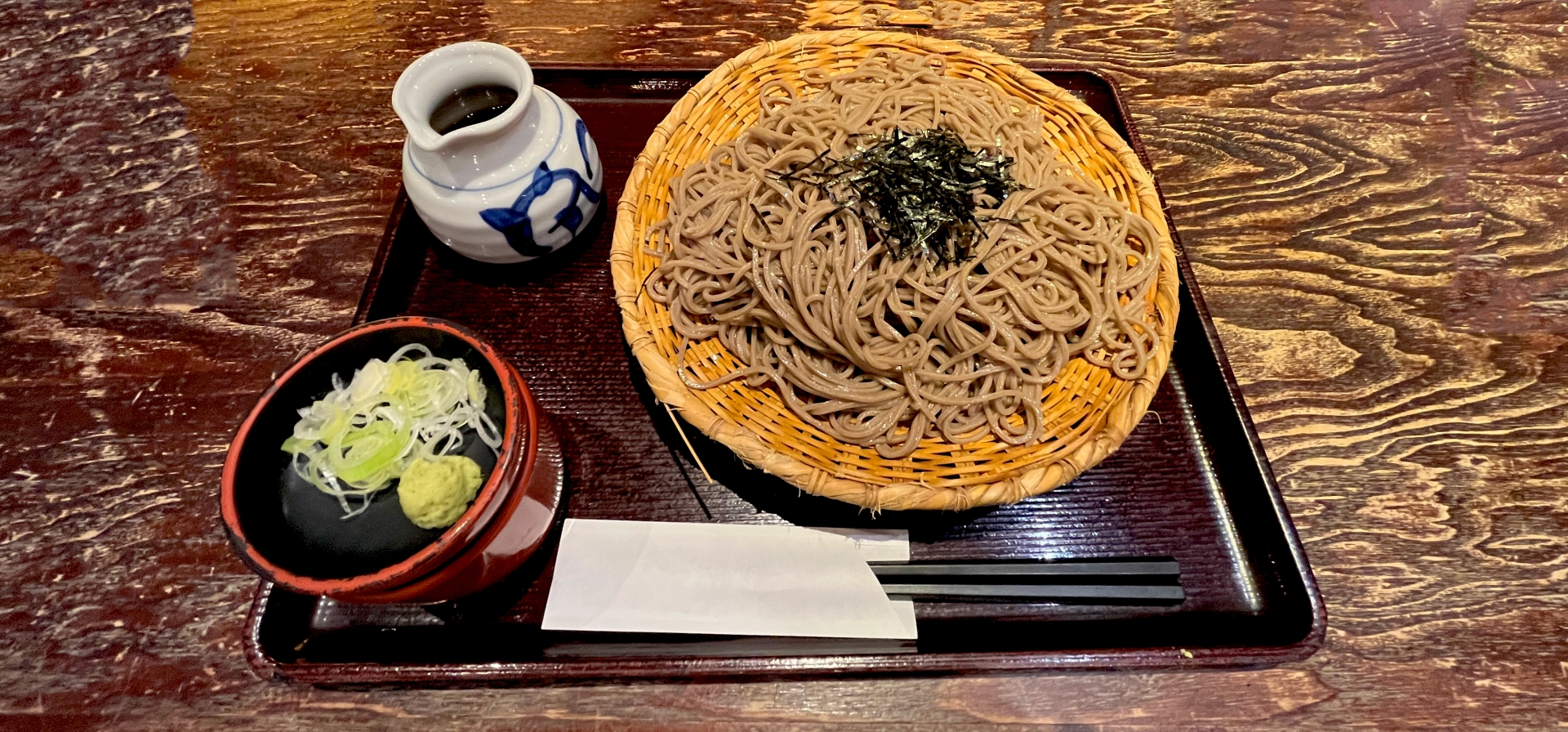
Frequently Asked Questions About Udon
- What are udon noodles made of? Udon noodles are primarily made from wheat flour, water, and salt. This simple combination creates a dough that is kneaded, rolled out, and cut into thick strips.
- How do you cook udon noodles? Depending on the type (fresh, dried, or frozen), udon noodles are typically boiled in water until they reach the desired texture. Fresh noodles take about 2-3 minutes, dried noodles take 8-10 minutes, and frozen noodles take 1-2 minutes.
- What is the difference between udon and soba noodles? The main differences lie in their ingredients, texture, and color. Udon is made from wheat flour and is thick and chewy, while soba is made from buckwheat flour and is thin and firm.
- Can udon noodles be used in stir-fry? Yes, udon noodles are excellent in stir-fry dishes due to their thickness and ability to absorb flavors. They pair well with a variety of vegetables, proteins, and sauces.

